Using Your Pre-Payment Privileges
You could say a mortgage has a personality. While it might seem like an unusual way to describe what is basically a financial transaction, it’s actually apt. Mortgages do have personalities. That’s because there are so many details and aspects to any mortgage. And if you’re about to sign on the dotted line, it’s important to get to know the personality of the mortgage before you do.
|
One feature of a mortgage is accelerated payments, or pre-payment privileges. Before we get into all the great things that can come from accelerated payments, you need to know that not every mortgage will have pre-payment privileges. It comes back to the mortgage personality; no-frill mortgages that have super low rates may seem tempting, but you probably won’t get other benefits, like pre-payment privileges. You need to make sure your mortgage broker explains all the personalities of your mortgage. If you do have these pre-payment privileges, accelerated payments are fantastic if you use them. A full-frill mortgage product could have a number of pre-payment privileges including accelerated payments of up to 20 per cent of your monthly payment, double monthly payments, and annual payments of up to 20 per cent of the full loan amount. You might be surprised how much time you can knock off your mortgage by accelerated payments. For example, on a 30-year mortgage, a one-time 10 per cent increase on your monthly payment can shave four years off your mortgage. If you bumped up your payment by 10 per cent each year, you would be mortgage free in 13 years. If 10 per cent is too high, five per cent gets you mortgage free in 18 years. Making a double mortgage payment once a year can also cut four years off your mortgage. Don’t forget, anything you put down also goes directly to the principal of the mortgage rather than the interest. If you’re signing on to a new mortgage, you might be thinking of a short amortization period, like 10 years, because you don’t want to be making mortgage payments well into your golden years. No one really does. But that’s where accelerated payments can pick up the slack. Instead, it’s worth considering taking that 25 or 30-year mortgage and using accelerated payments to make up the difference. If life throws you a curveball and you’re in a short amortization period like 10 years, you may find yourself stretching to make payments. Rather than setting a shorter amortization and a payment you’re contracted to make, use pre-payment privileges and accelerated payments to get the amortization you can control, rather than the payments controlling you. While the benefits are literally in front of your face, statistically, not many people will choose to make accelerated payments once the mortgage gets going. If you really want to take advantage, set up accelerated payments the day you sign your mortgage. Your mortgage broker can give you all the details you needs to make the best decision. This article was originally published as part of the DLC Newsletter in November of 2018.
|




